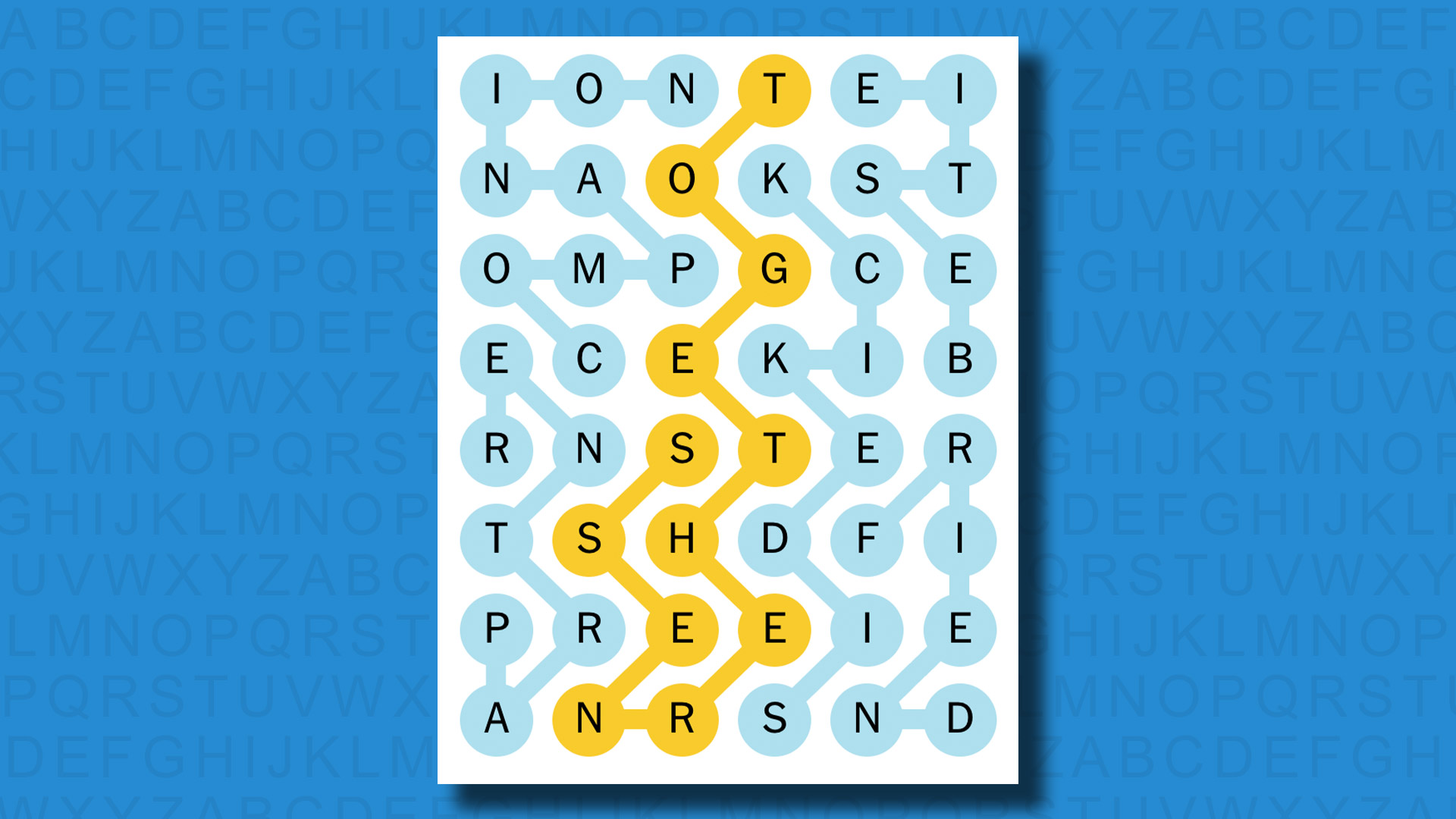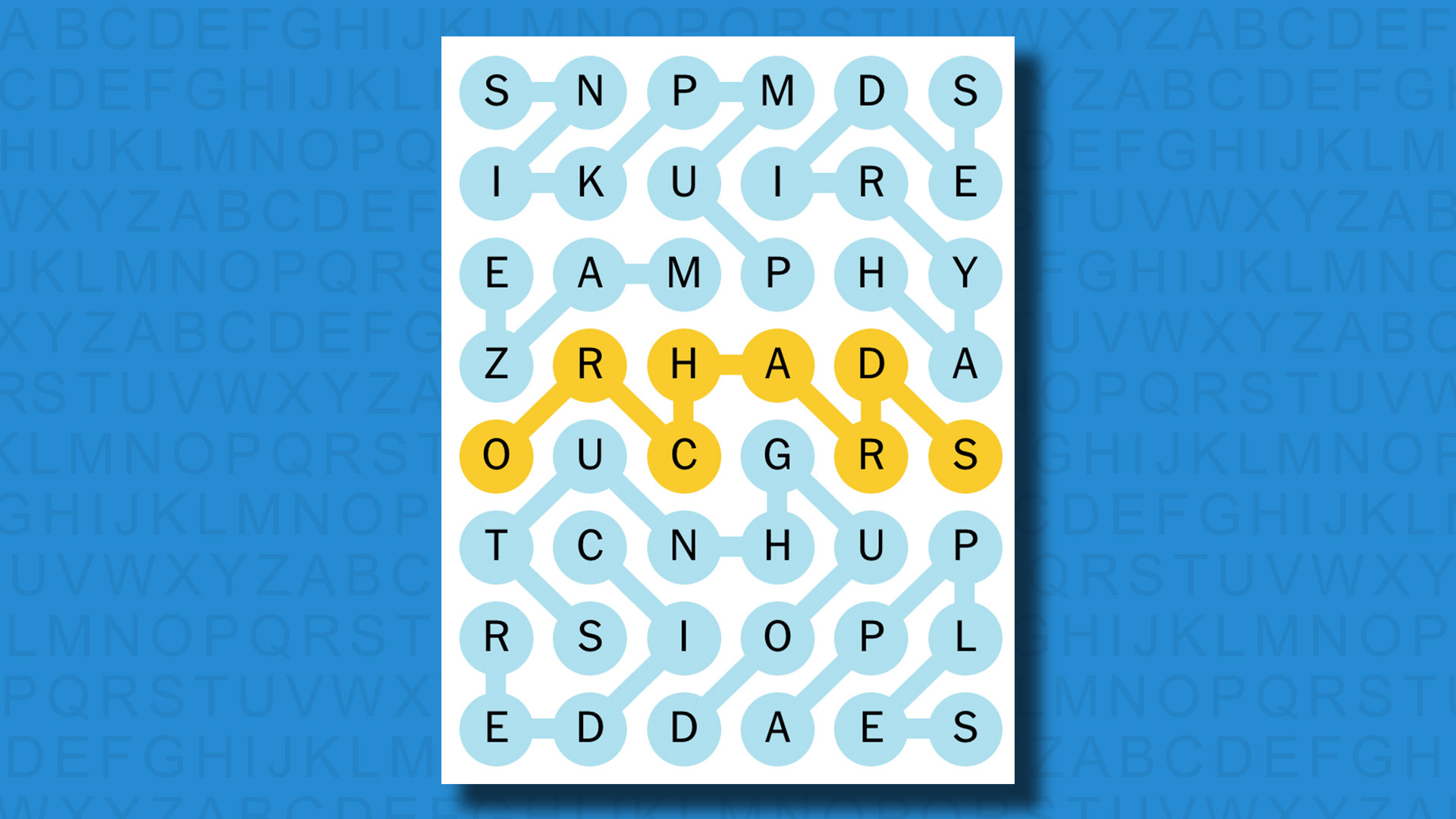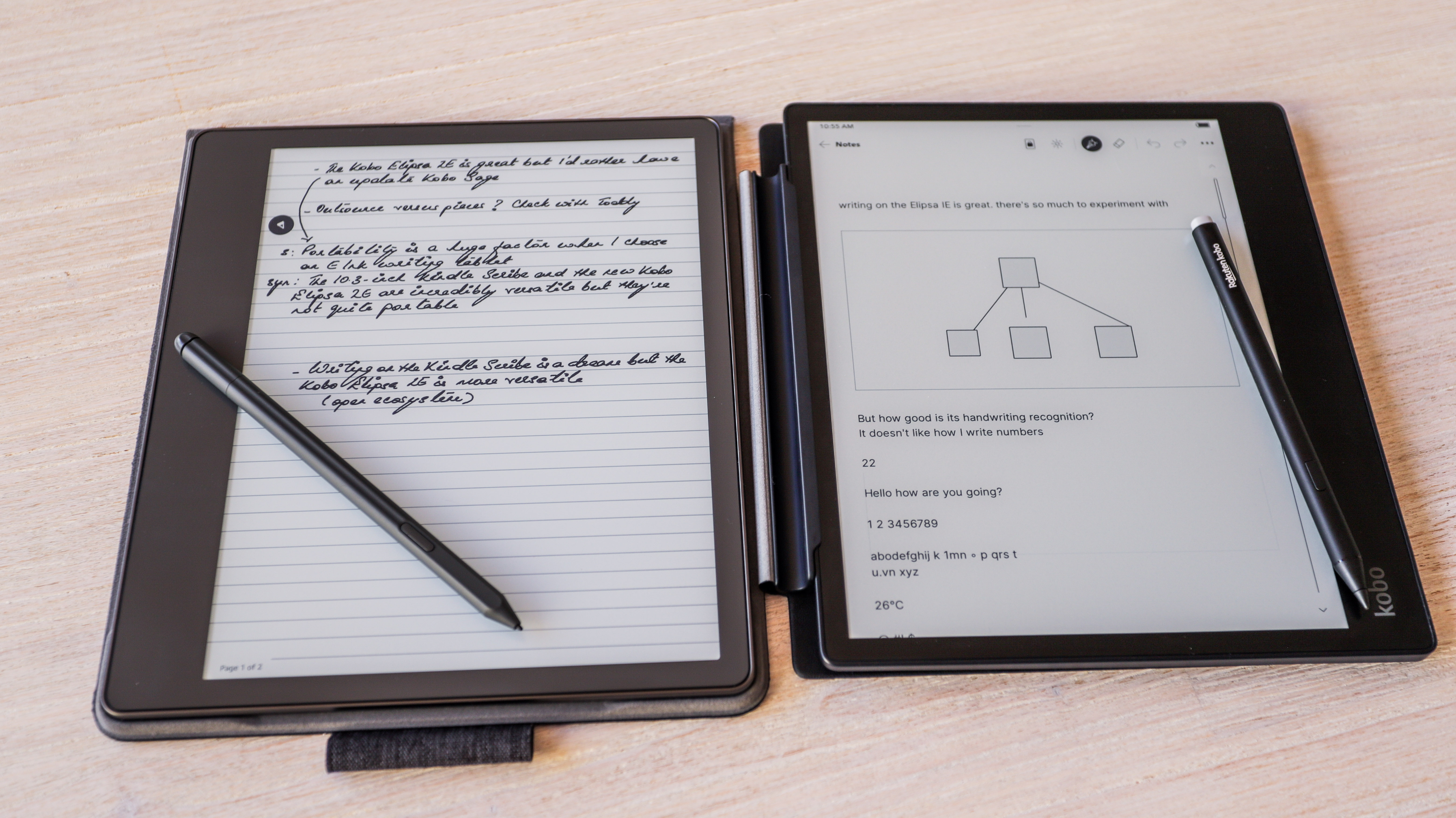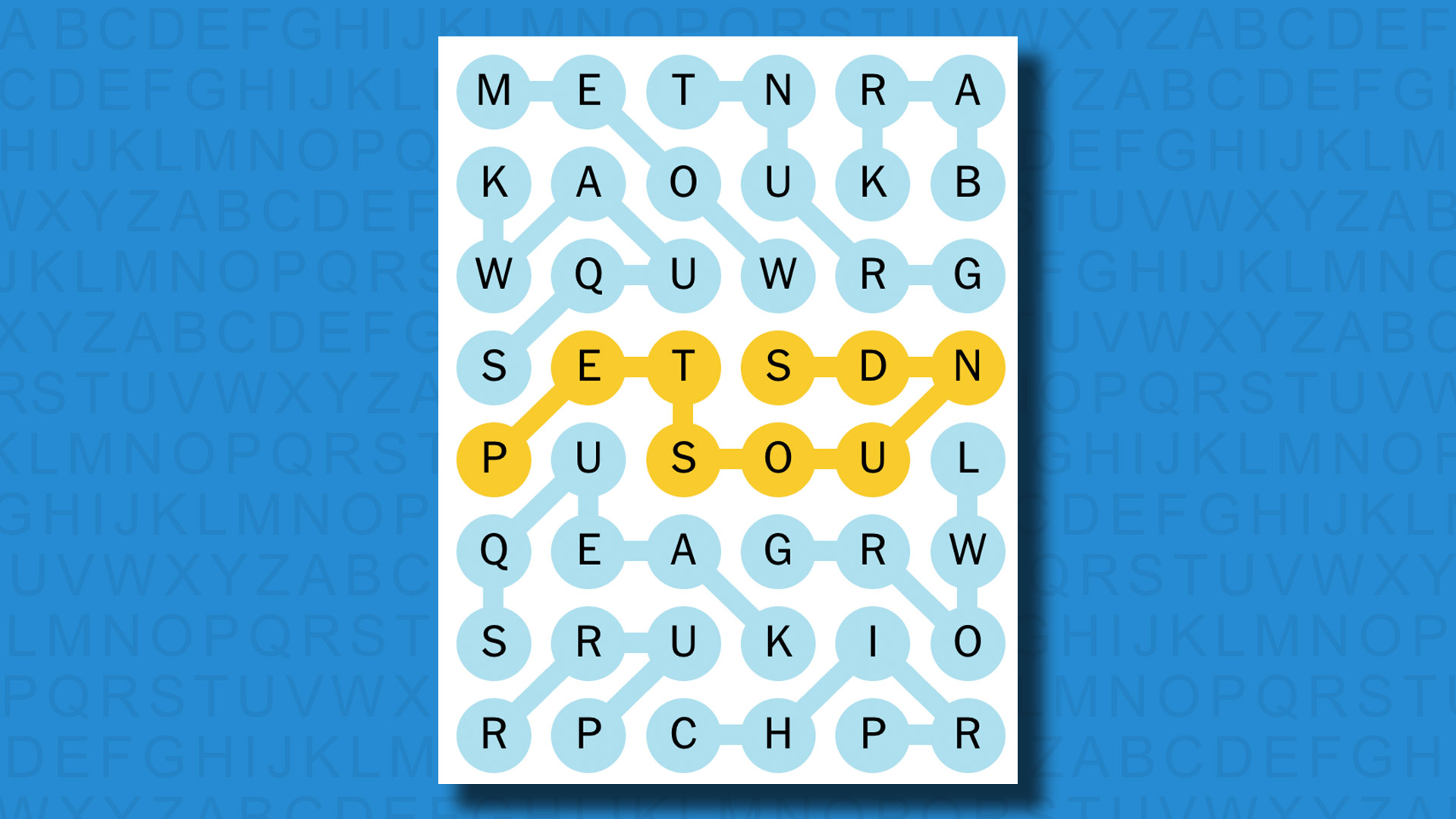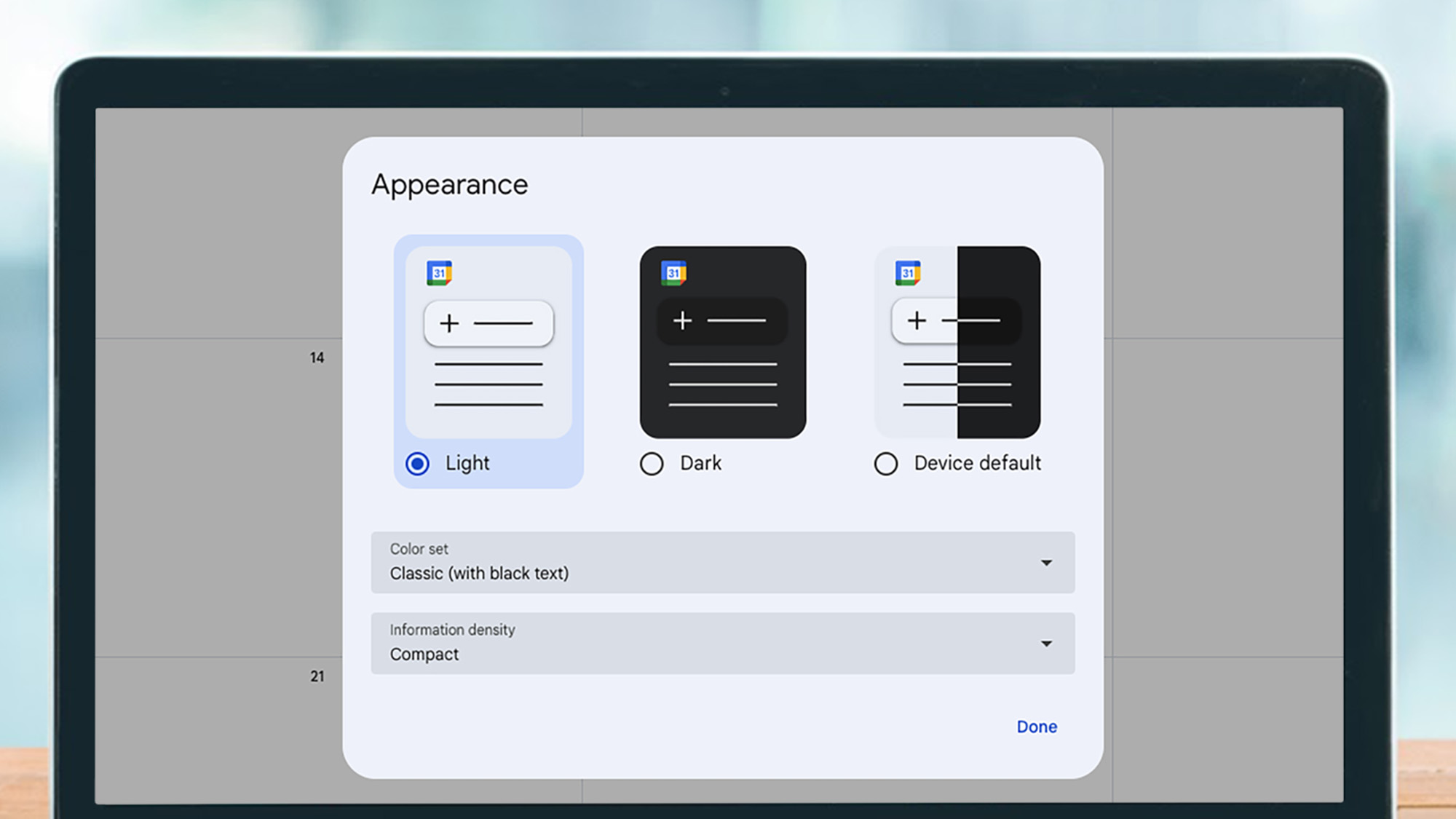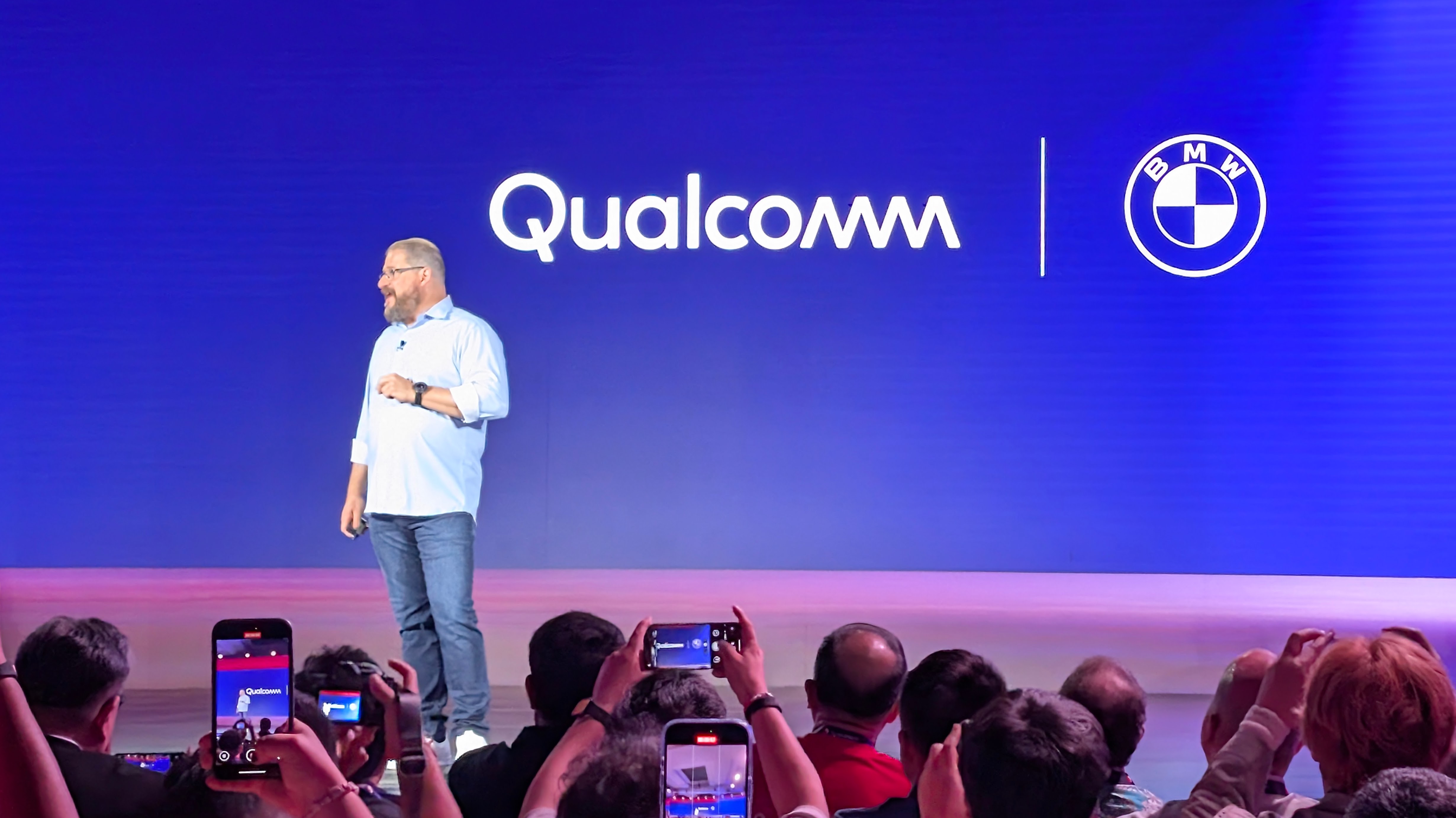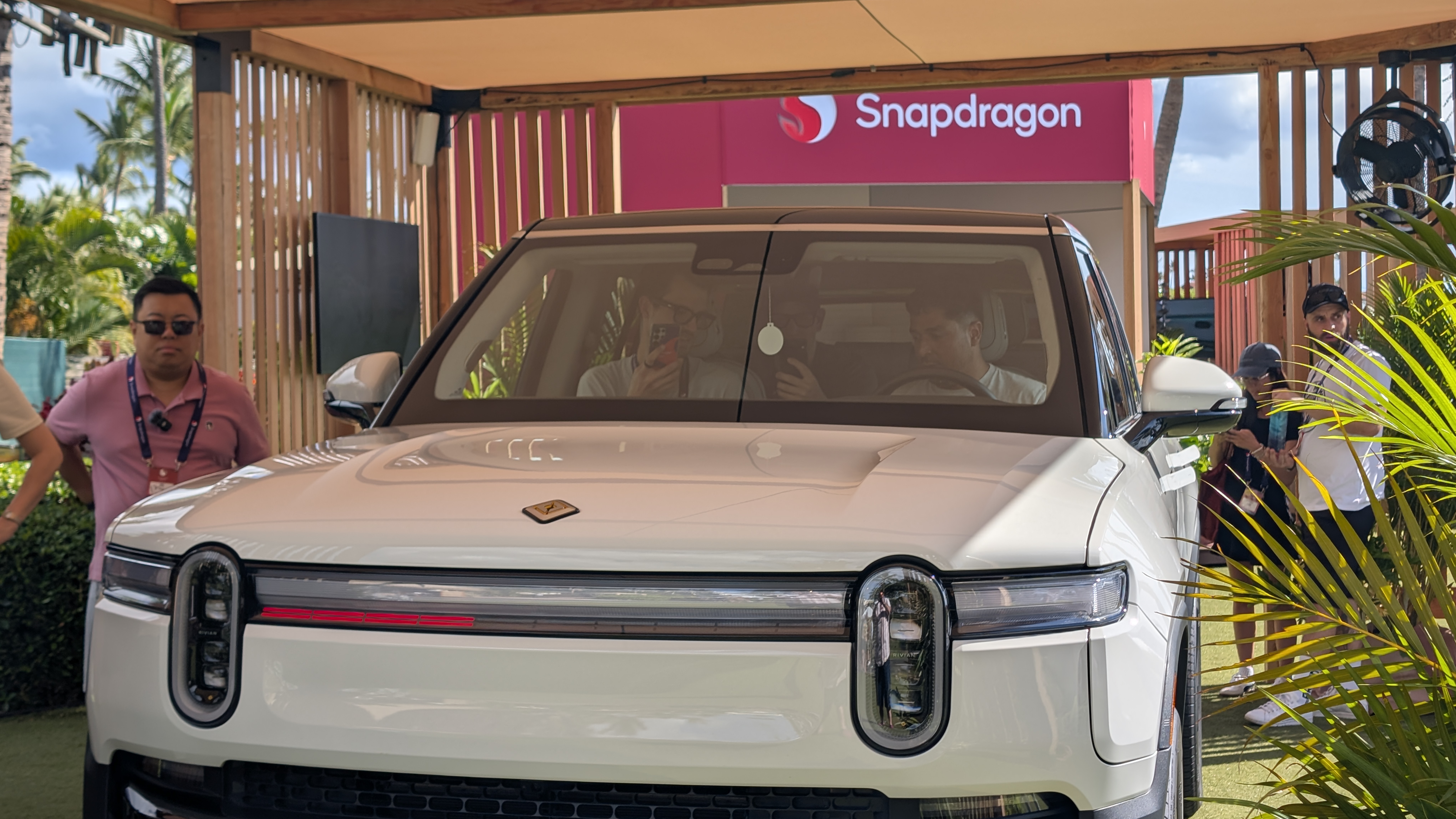AMD’s entire CES 2025 lineup has reportedly leaked, promising a huge range of new hardware - including its new range of next-gen RDNA 4 GPUs.
The leak comes from ‘zhangzhonghao’ in a Chinese forum on Chiphell, who suggests AMD will be revealing: laptop CPUs, desktop CPUs, desktop GPUs, handheld gaming chips, and more - phew! AMD’s chief executive Dr Lisa Su previously confirmed that RDNA 4 GPUs will launch in early 2025 (as revealed to PCWorld), which adds some validity to this new leak. Here’s everything the leaker claims will be on show at next year’s CES:
- Ryzen AI Kraken Point (laptop APUs)
- Ryzen AI Max 300/Strix Halo (laptop APUs)
- Ryzen HX Fire Range/X3D (laptop APUs)
- Ryzen Z2/Z2G/Z2 Extreme (handheld APUs)
- RDNA 4 (desktop GPUs)
- Ryzen 9950X3D/9900X3D (desktop CPUs)
Now, if all that doesn’t mean much to you, don’t worry: I’ll break down the specifics behind each product family below. If accurate, this powerhouse lineup could place AMD as the frontrunner at CES 2025, despite Nvidia’s inevitable RTX 5000 series announcement likely overshadowing Team Red’s new GPUs. While AMD might continue to fall behind Nvidia within the desktop GPU market, it doesn’t seem to be all doom and gloom in other hardware departments.
Ryzen AI ‘Kraken Point’ - a new rival for Qualcomm's Snapdragon X Elite
Among the new Ryzen APUs launching in 2025 is AMD’s Kraken Point, reportedly in line to appear in new AI laptops. Olrak_29 on X, claims the APU will be taking advantage of the RDNA 3.5 architecture, with 8 compute units.
If it does show up at CES 2025, it will be yet another reason for AMD fans to be excited, particularly for the launch of new laptops. RDNA 2 has proven to be a success for devices like the Steam Deck, so the jump to the new architecture could be highly beneficial for thin-and-light gaming laptops since AMD reportedly aims to provide better performance and power efficiency.
Ryzen AI Max 300 / ‘Strix Halo’ - more power for AI laptops
Alongside AMD’s Kraken Point is the Ryzen AI Max 300 chip family (codenamed Strix Halo). It was already spotted as ‘Ryzen AI Max’ by ‘9550pro’ on X in a recent AMD chipset driver update - this name was already previously rumored to replace the codename Strix Halo.
Golden Pig Upgrade, a reliable AMD leaker, claims its strongest APU will feature 16 Zen 5 cores and 40 RDNA 3.5 compute units, which could make it one of the best gaming APUs from AMD while naturally also offering competitive on-device AI performance. The leak suggests that there will be three variants of the Strix Halo; Ryzen AI Max+ 395 (16 cores), Ryzen AI Max 390 (12 cores), and Ryzen AI Max 385 (8 cores).
CES 2025 looks set to the perfect stage for its reveal, so previous reports of an early 2025 release are likely true. The AI Max 300 chips won’t be available for direct purchase, but will ship in AI laptops as a more powerful alternative to the existing Ryzen AI 300 chips.
Ryzen HX ‘Fire Range’ / ‘Fire Range X3D’ - new CPUs for gaming laptops

AMD’s 'Dragon Range' 7000HX-series laptop APU successor, codenamed ‘Fire Range’, is rumored to be a leap from Zen 4 to Zen 5 - Golden Pig Upgrade returns to claim that the new mobile APU will still utilize FL1 packaging. This could indicate that laptops utilizing Fire Range will hardly require any design changes, as they can stick with the same FL1 mainboard socket the previous predecessor used.
The Dragon Range lineup includes chips like the powerful Ryzen 9 7945HX for gaming laptops, and Fire Range will be a direct followup to this - notably, the leak also mentions ‘Fire Range X3D’, indicating that we could be getting AMD’s rumored ‘Next-Gen 3D V-Cache’ feature to take laptop gaming performance to new heights.
Ryzen Z2 / Z2G / Z2 Extreme - more handheld gaming goodness
Gaming handhelds are on the verge of receiving some of the biggest upgrades yet if the Ryzen Z2 Extreme chip spec leak is legitimate. Golden Pig Upgrade once again posted on Chinese social media site Bilibili regarding the new handheld APUs, stating that the Ryzen Z2 Extreme will feature 16 RDNA 3.5 GPU cores and 8 Zen 5 CPU cores - in other words, a generational step forward for both the CPU and integrated GPU, along with a core count bump for the integrated RDNA graphics (the Z1 extreme only had 12 RDNA 3 cores).
It will also reportedly come with two other variants - the Z2 (with RDNA 3) and Z2G (with RDNA 2), potentially pointing towards greater competition and diversity within the handheld gaming PC market. As aforementioned, RDNA 3.5 is rumored to be built towards greater power efficiency and gaming performance - this would be a significant boost for Asus’ next-gen ROG Ally and Lenovo’s Legion Go successors.
RDNA 4 - AMD's next-gen graphics are on the way
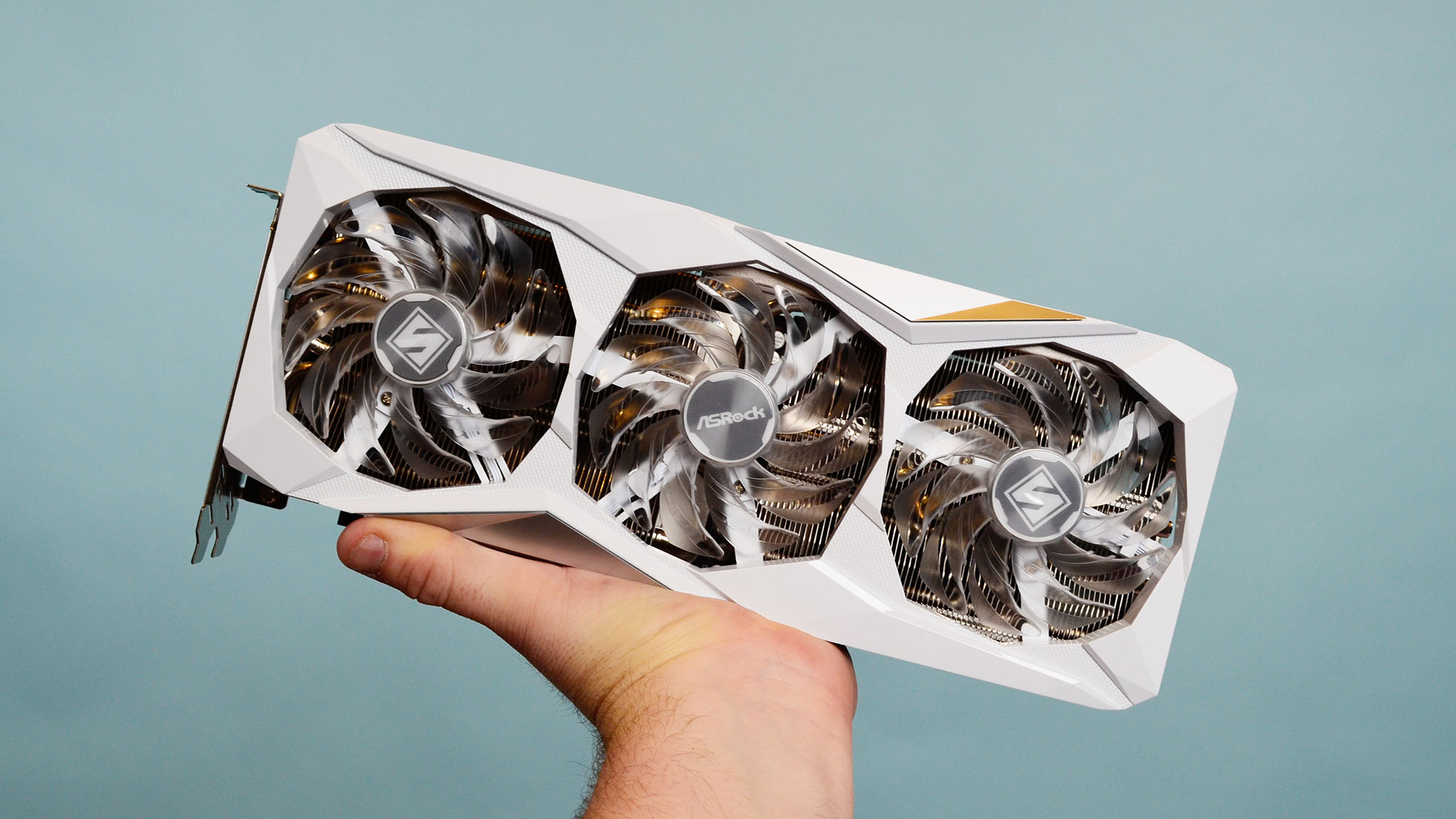
It’s no secret that AMD is turning its attention away from high-end graphics cards, with confirmation that the focus will now shift to mid-range and budget cards. This isn’t a surprise either, since Nvidia is clearly still dominating the GPU market and is expected to continue that trend with the RTX 5000 series.
As for RDNA 4, the focus will likely be on FSR 4 - newly driven by AI - along with potential enhancements to ray tracing performance which has historically been a weakness for AMD’s GPUs compared to Nvidia’s. It’s important to take this with a grain of salt, as there is still much to be revealed regarding the new GPU architecture.
Ryzen 9 9950X3D / 9900X3D - the new king of gaming CPUs?
With the Ryzen 7 9800X3D CPU on the verge of its launch amid a barrage of leaks, all eyes will be on the next line of desktop processors that could feature at CES 2025. The 8-core processor is reportedly launching with ‘Next-Gen 3D V-Cache’, which will likely also be present in the leaked Ryzen 9 9900X3D and 9950X3D. The 9950X3D has the potential to become the single best CPU for desktop PC gamers, though pricing will obviously be the main issue here.
TechPowerUp revealed a report from Benchlife.info that claims the 9950X3D could utilize a total of 208MB of L3 Cache along with the 9900X3D using 204MB - a monstrous amount of cache memory which if true, would further amplify the rumors of Next-Gen 3D V-Cache that started with the incoming 9800X3D. With the new CPU’s launch right around the corner, it gives us confidence that AMD’s Ryzen 9 processors will follow suit…
You might also like...
- AMD's next-gen gaming chip keeps getting better, and it hasn't even launched yet
- There’s never been a better time to buy AMD’s flagship graphics card – as prices plummet ahead of inevitable Nvidia RTX 5000 reveal
- AMD’s Ryzen 7 9800X3D full specifications have leaked, and it’s great news for gamers and overclockers alike
from TechRadar - All the latest technology news https://ift.tt/8IAlHXB
